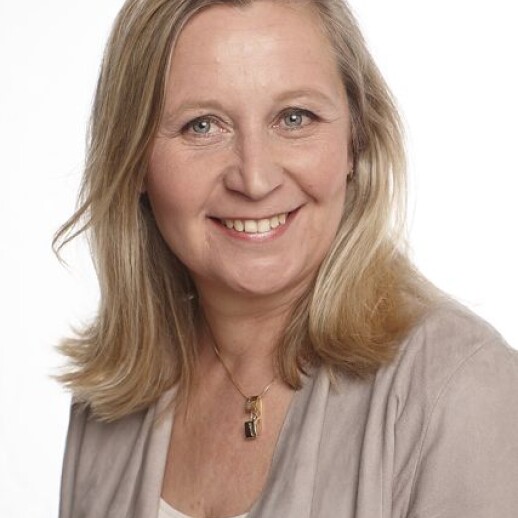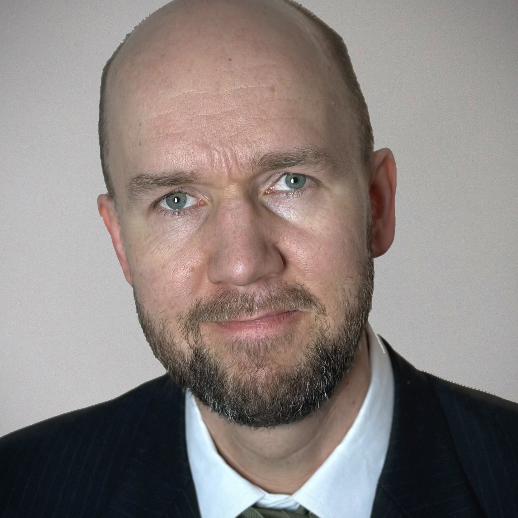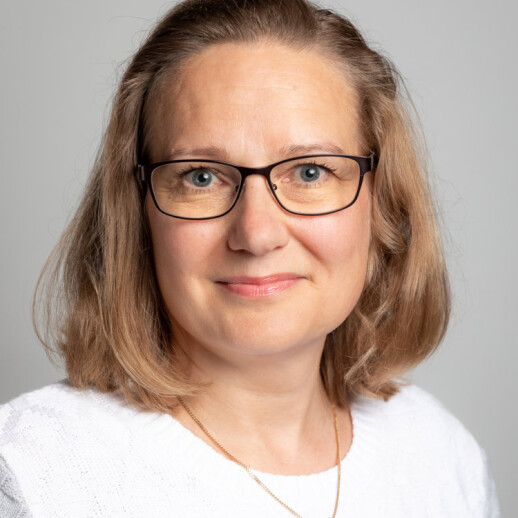Maritime Cluster
Maritime clusters are networks of maritime-related businesses, suppliers and institutions, the public sector included, that enhance the development of the industry.
Maritime cluster includes actors such as shipping companies, ports, port operators, marine industry, marine renewable energy production, classification societies, and finance and insurance companies.
We deliver research on maritime cluster industry structure and socio-economic impacts to support decision-making. We promote to skills development of companies and other actors in the maritime cluster.
Projects
Eco-efficiency to maritime industry processes in the Baltic Sea Region through digitalisation (ECOPRODIGI) project increases eco-efficiency in the Baltic Sea region maritime sector by creating and piloting digital solutions in close cooperation between industry end-users and research organisations. Ultimately, ECOPRODIGI supports Baltic Sea region in becoming a front-runner in maritime industry digitalisation and clean shipping.
Environmental and economic pressure for cleaner shipping
The Baltic Sea is one of the busiest and most vulnerable seas. Shipping in the Baltic Sea is highly regulated and the industry is under pressure to meet the regulations. In addition, customers are increasingly interested in the environmental performance of shipping. The shipping industry in the region is also facing increasingly fierce competition. Thus, there is a need to produce more value with less resources, waste and pollution – i.e. a need for more eco-efficient operations and processes in the shipping industry.
Digital solutions enhancing eco-efficiency throughout the vessel lifecycle
ECOPRODIGI addresses both the environmental and economic challenges by increasing eco-efficiency at all stages of the vessel lifecycle from design and building to the use, maintenance, stowage as well as conversion processes. In practice, ECOPRODIGI not only provides highly needed information about the key eco-inefficiencies of the industry but also concretely develops and pilots digital solutions to better measure, visualise and optimise the industry processes. ECOPRODIGI also improves the capacity of the maritime industry actors to enhance eco-efficiency in their operations by providing training for the key actors and by designing a digitalisation road map for increasing eco-efficiency. As digitalisation remains largely unexploited in the maritime industry, ECOPRODIGI also strengthens the public support for digitalisation by providing policy workshops and recommendations.
ECOPRODIGI project received more than €3 million from the Interreg Baltic Sea Region Programme. With partners’ own contributions the overall budget of the project is €4.2 million. The project was led by the University of Turku, Finland, and the duration of the project is three years. Project’s results are found at ECOPRODIGI.
Contact: Tapio Karvonen, Senior Researcher, tel. +358 40 779 9482
MarineFinland.fi - The treasure trove of Finnish marine data now available in English
Everything you wanted to know about the Baltic Sea is now gathered in one place. Go to MarineFinland.fi to find real-time data from the sea and the best places to visit.You can also learn more about marine habitats, different species and changing sea nature. The relationship between humans and the Baltic Sea is looked at from all angles, too. Whether you are interested in lighthouses, historic wrecks or fortresses, you will find your destination from MarineFinland.fi.In this new site we have emphasized usability and visuality.
Brahea Centre at the University of Turku has produced most content in the section dealing with maritime business. There you will find up-to-date data on the Finnish maritime cluster, its significance and the latest economic figures.
MarineFinland.fi gathers sea data and knowledge from nine Finnish organizations and institutes: Finnish Environment Institute, Geological Survey of Finland, Finnish Meteorological Institute, Natural Resources Institute of Finland, Metsähallitus, Finnish Heritage Agency, Finnish Maritime Spatial Planning Coordination, Brahea Centre at the University of Turku and the Government of Åland. The development of the portal was financed by the European Maritime and Fisheries Fund. The Finnish Environment Institute coordinated the work.
MarineFinland.fi is available in three languages: in Finnish, in Swedish and in English.
The project delivered also Seaguide.fi A mobile map for boaters, people with holiday homes and anyone on the coast. The service provides information on topics such as the weather and conditions at sea, restricted areas of various types, guest harbours, amounts of cyanobacteria and places worth a visit.
More information: Tapio Karvonen, Senior Researcher, tel. +358 40 779 9482
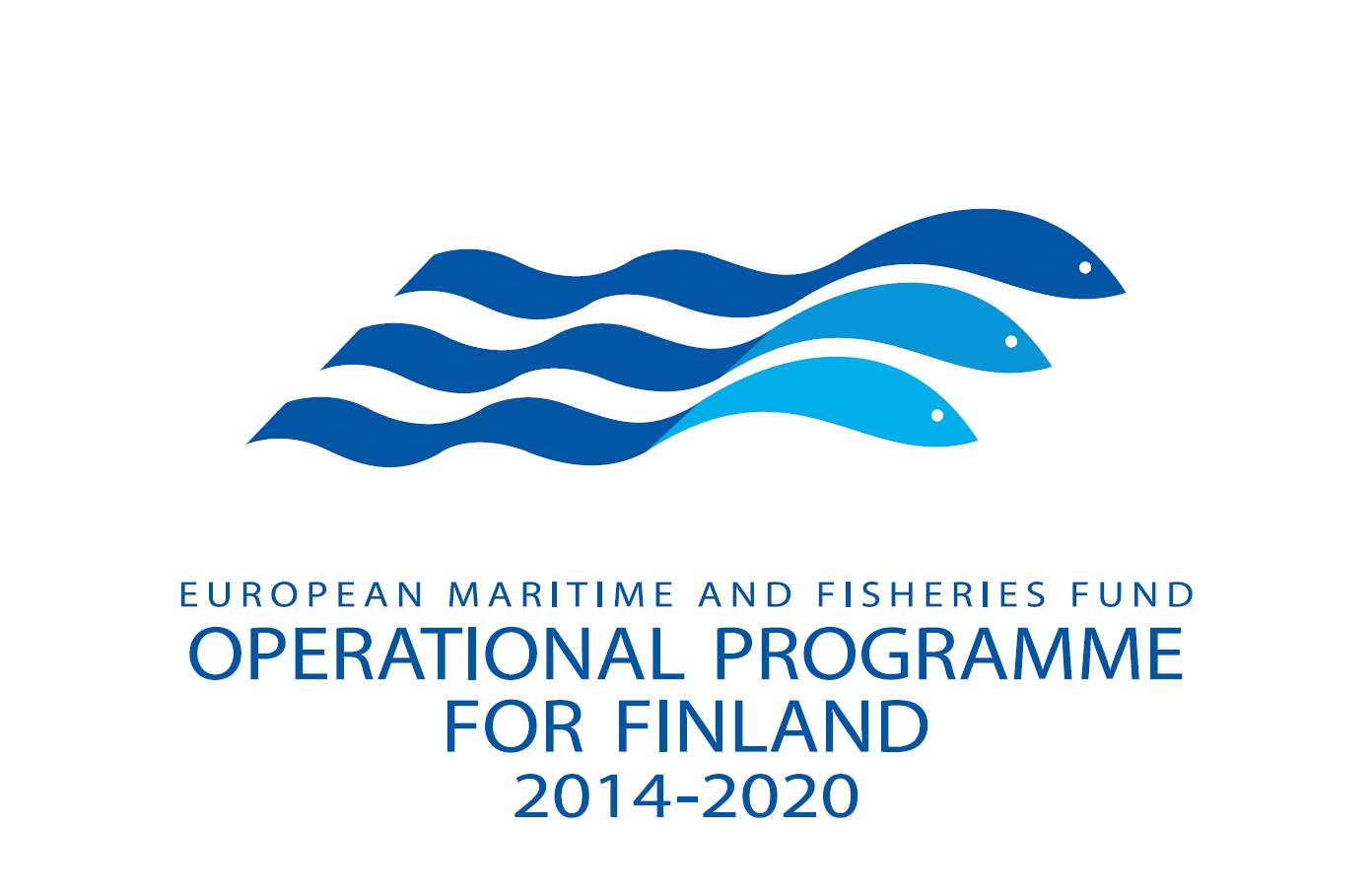
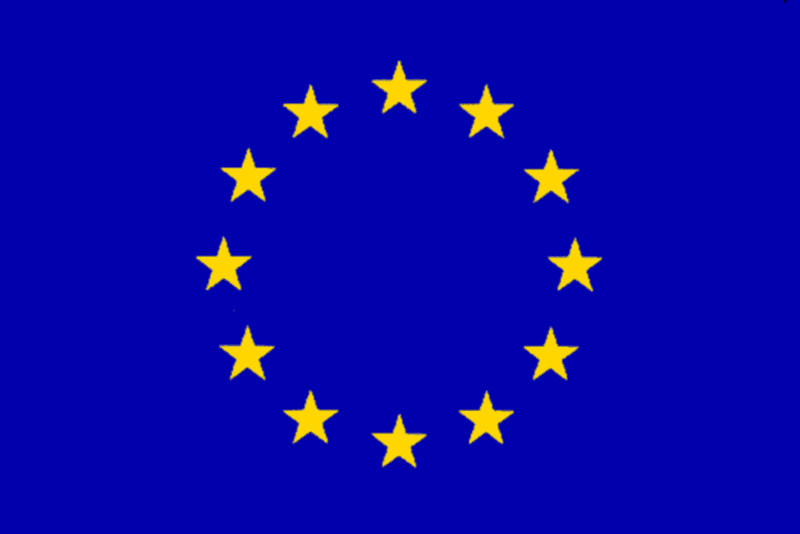
The economic impacts of the Meyer Turku shipyard extend to the whole country because even three-fourths of its direct supplier companies are domestic.
The combined turnover related to the production of the yard and to the production of its direct supplier companies is about EUR 1.9 billion which corresponds to a growth of 46 percent compared to the financial statement of the year 2016.
The value of supply orders to the shipyard has grown very strongly. It has almost doubled in two years (+ 84 %). The value of the supply orders was approximately EUR 933 million in 2018 when the corresponding figure in 2016 was approximately EUR 508 million. The value of domestic supply orders of Meyer Turku increased by 64 percent to approximately EUR 638 million at the time in question. Correspondingly, the value of foreign supply orders increased by 150 percent to approximately EUR 295 million.
The largest target country of the supply orders was Germany after Finland which made 72 percent of the value of the foreign supply orders. In domestic supply orders, the focus in the euro-weighted orders was in Southwest Finland (48 %), and specially in Kaarina (27 %). In case of domestic supplier companies, there was an even division between Uusimaa and Southwest Finland, each with a 40 percent slice.
The activity of the shipyard employs directly about 4,100 persons and indirectly 4,000 employers counted in annual work units. In two years, the annual work units (AWU) increased by 28 percent in direct employment, and by 54 percent in indirect employment.The impact on the general employment is even greater but it was not possible to clarify the impact of foreign companies and secondary suppliers on the employment within the framework of the study.
The regional economic impacts of employing own personnel focused 96 percent in Southwest Finland, and especially in Turku (88 %). As a result, most of the tax revenue effects concentrated in the municipalities in southwestern Finland. However, the biggest amount of corporation tax accrued in Uusimaa. The effects on employment are in practice almost in the same level with Southwest Finland, and the share of Uusimaa as the economic area of Meyer has increased clearly since the previous research study.
The City of Turku and Meyer Turku Oy ordered the survey from the Brahea Centre at the University of Turku in autumn 2019 which was scanning the regional economic impacts of the Turku shipyard and its supplier network. The research study also includes comparison with the results of the survey conducted in 2017.
The survey was primarily prepared using financial and other statistical material, but data was also collected through surveys directed to the supplier companies of the shipyard. The key financial figures are mainly from the year 2018 but also some data from the year 2019 was used in part of the examined impacts.
The reseach was done by Tapio Karvonen, Mikko Grönlund and Tuomas Ranti.
Link to the resarch study
More information: Tapio Karvonen tel.+358 40 779 9482
Employment impact of the Turku shipyard continues to grow in Finland. The direct and indirect employment impact of the Turku Shipyard continued to grow in 2021 by over 13 percent to nearly 9,000 person-workyears, according to a regional impact study of the shipyard conducted by the University of Turku.
In Southwest Finland, the Turku shipyard is the fourth largest employer of individual businesses and the second largest employer of industry. More jobs will also be brought to Finland thanks to the increased employment effects of foreign companies and second-tier suppliers.
"The shipyard's supplier network has expanded by about 100 companies in the last three years, and the total value of deliveries has increased by about 4%. This has resulted in an increase in Finnish employment, although the share of foreign suppliers has also increased," says Tapio Karvonen, Senior Researcher at the University of Turku’s Brahea Centre.
The Meyer Turku shipyard is the largest company in Southwest Finland in terms of turnover. The value of deliveries in 2021 was just over 972 million euros, which is about four percent more than in 2018. The combined turnover of the shipyard and its direct supplier companies (in activities related to the shipyard's production) was approximately 2.1 billion euros. Growth over the past three years has been nine percent.
Ready the study here
More information: Tapio Karvonen tel.+358 40 779 9482


